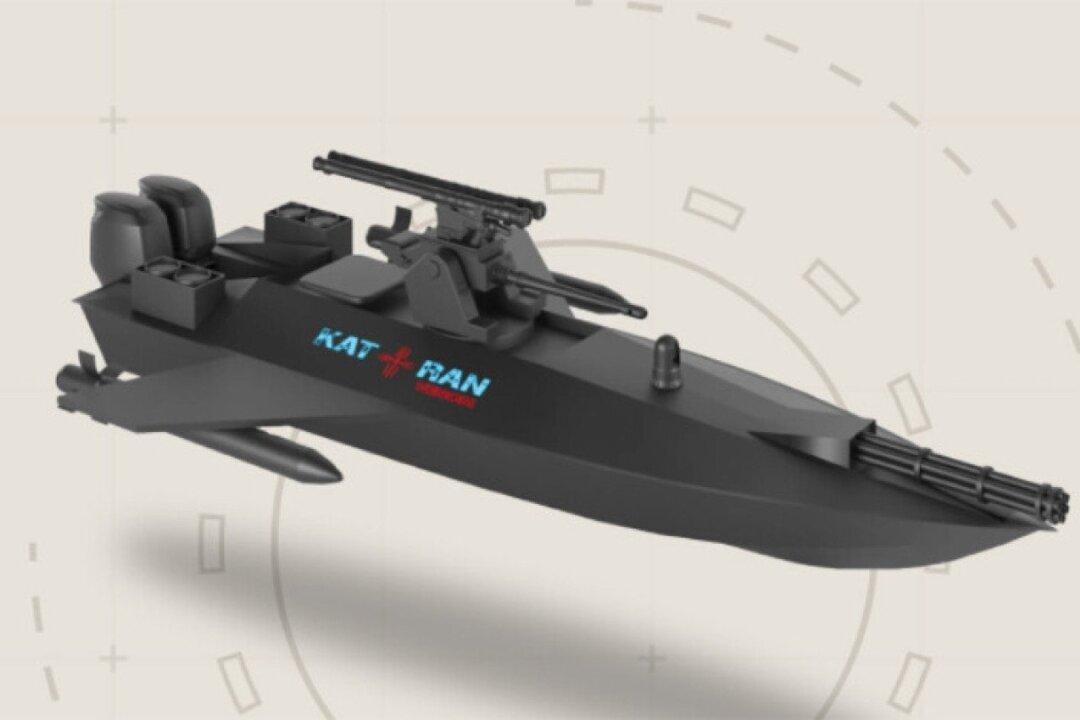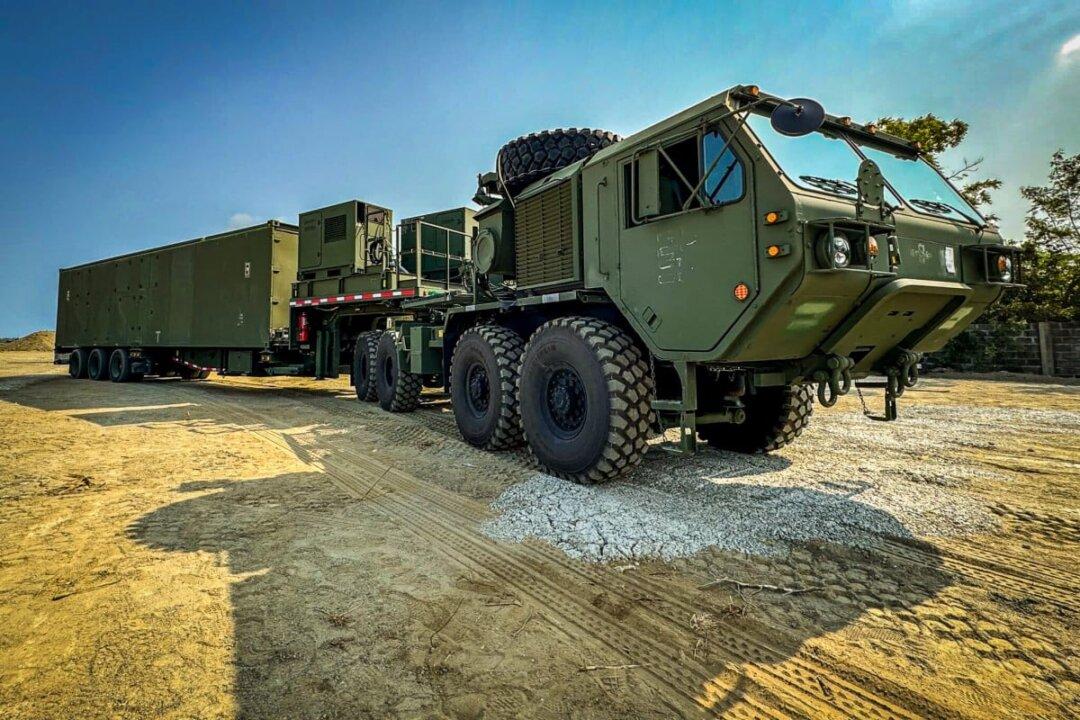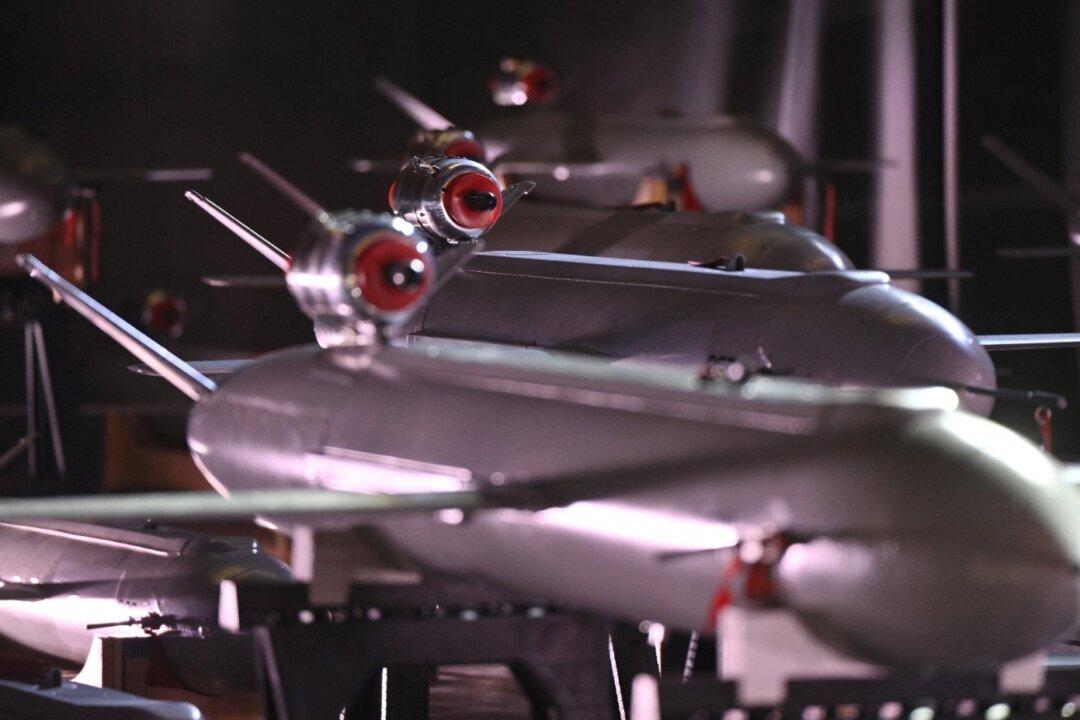On Sept. 13 to 15, Taiwan held its 37th Han Kuang Exercise, an annual military exercise of the Republic of China (Taiwan) Armed Forces. On Sept. 15, a Taiwan F-16V fighter jet demonstrated its ability to perform a swift landing, refueling, and take-off.
The three-day exercises aim to counter different scenarios of an invasion by the Chinese Peoples Liberation Army (PLA), such as losing the function of its main airports, runways, missile defense, or a bio-weapon attack. The exercise simulates how Taiwan’s military and medical personnel would respond to these scenarios.





